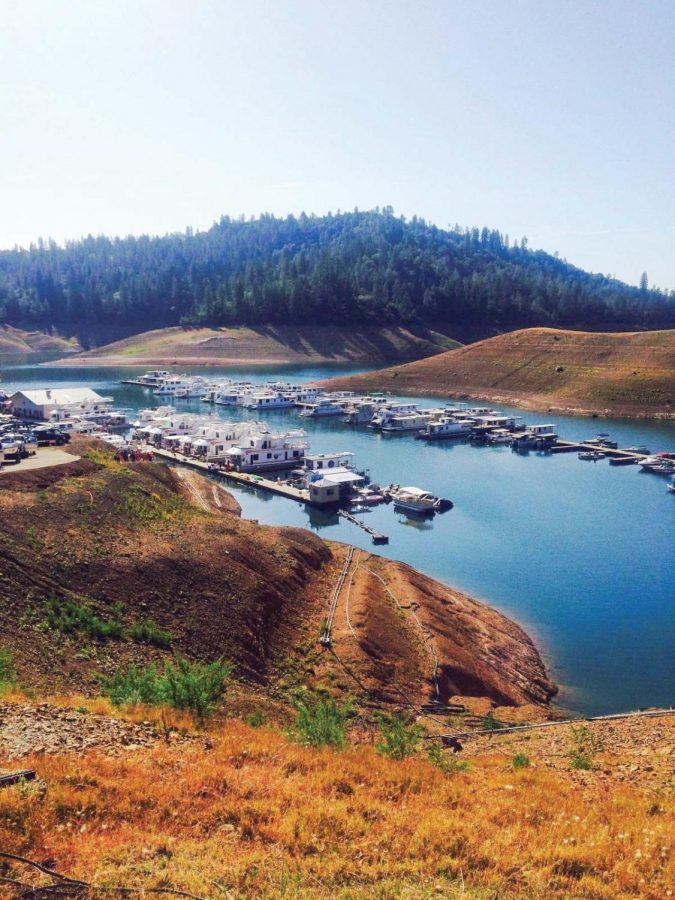Students crash diet to prepare for Shasta
February 9, 2016
A vacation on the water means that many students feel the pressure to heavily diet and exercise in the days leading up to the weekend. In order to look good, students Shasta-size in hopes of attaining a “swimsuit-ready” body.
Shasta-sizing is a form of crash dieting — a weight-loss diet undertaken with the goal of achieving very rapid results. Crash diets often involve a combination of over-exercising and a low-calorie intake.
According to registered dietitian and doctoral candidate in nutrition Kelli Lytle, Shatsa-sizing simply does not work. Intense diets like this will only lead to overeating later on, because your body is craves the calories that it lost, Lytle said.
“You’re going to eat back all the weight you lost on vacation once you get back,” Lytle said. “Crash dieting sucks. (Nutritionists) don’t encourage very strict calorie restriction…that will definitely backfire.”
Not only is Shasta-sizing ineffective — it is also very unhealthy. According to Lytle, crash dieting does not result in the fat loss that most dieters desire.
“Whenever you calorie-restrict, you very quickly begin to lose lean muscle mass and lose bone mass,” Lytle said.
Since lean muscle mass makes the body appear more shapely, the rapid weight loss from Shasta-sizing could possibly cause those on crash diet to appear less fit than before.
Jessica Hardenburger, a sophomore in marketing, stayed on a fraternity house boat with friends last spring. She said that most of the time was spent outside or in the water. Hardenburger herself works out regularly, and noticed many of her peers hitting the gym in the days leading up to their weekend at Shasta.
“I feel like a lot of both girls and guys definitely worked hard on ‘getting that bod,” Hardenburger said.
Claire Roberts, a sophomore in biology, went to Shasta last year with a close friend. Roberts noticed a common fashion trend of floppy hats, big sunglasses and small bikinis. With many students wearing the same thing, Roberts felt that there was a lot of pressure to fit in.
“I could see why people would want to look good for Shasta. You are always in swimsuits and swim trunks,” Roberts said.
For students who want to avoid Shasta-sizing but still look in-shape, Lytle suggests eating healthier foods instead of restricting the calorie intake needed for one’s body to function properly.
“Healthy eating is intuitive. I suggest lean proteins and whole grains,” Lytle said. “Make sure you’re not just living off of salads.”
As for an exercise regimen, Lytle suggests lifting weights to anyone that wants to look more physically fit.
“I always recommend that both men and women lift weights. It increases lean muscle mass and makes you appear thinner,” Lytle said.
Hardenburger believes that students don’t need to Shasta-size in order to have fun during the weekend.
“There were tons of fun things to do at Shasta — hot tubs, floaties, slides and people jumping off the houseboats,” Hardenburger said. “The best part was just being able to meet and hang with people on the other boats.”











































































































